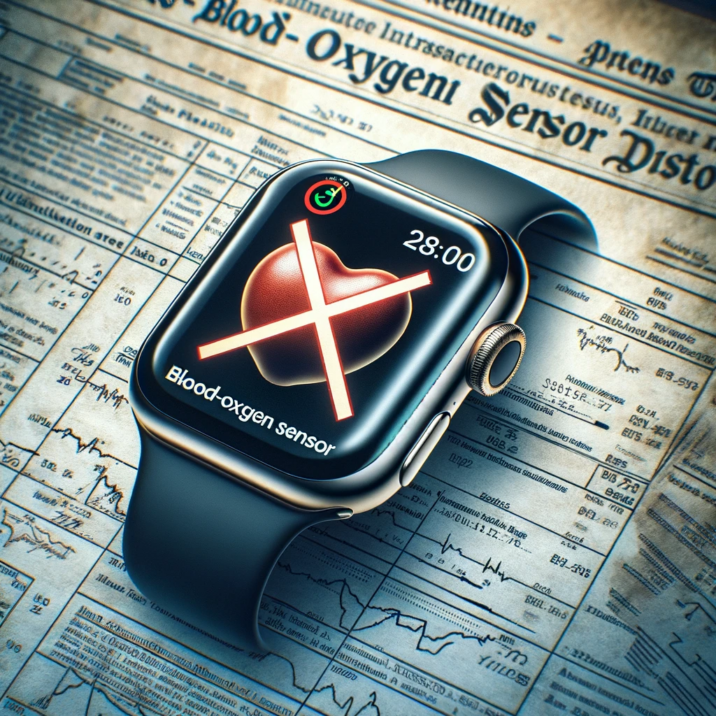
In a move that underscores the complex interplay of technology, law, and business, Apple is reportedly planning to remove the blood-oxygen sensors from some of its Apple Watches. This decision, seemingly a strategic sidestep, aims to avoid a looming U.S. ban amidst a heated patent dispute.
Let’s unravel this: What are blood-oxygen sensors, and why are they pivotal? These sensors are a critical health feature in smartwatches, measuring oxygen saturation levels in the user’s bloodstream – a vital metric for monitoring respiratory and cardiac health. Introduced with the Series 6 Apple Watch in 2020, this feature represented a significant leap in wearable health technology.
The root of the issue lies in a patent feud with Masimo Corp., a health tech firm. Masimo has accused Apple of infringing on its patents for this blood-oxygen tracking technology. Following a complaint filed in 2021, the U.S. International Trade Commission (ITC) stepped in last October, issuing orders that could potentially ban Apple from importing and selling watches equipped with this feature.
In what reads like a high-stakes corporate chess game, Apple’s response is both intriguing and controversial. By removing these sensors, Apple seems to be navigating a narrow path to keep its watches on the market, while possibly sidestepping the legal ramifications of the dispute.
This development is not just about a feature being dropped; it’s a reflection of the delicate balance tech giants must maintain between innovation and legal compliance. The decision also highlights the profound impact of patent laws on consumer technology and market competition.
The Internet Patrol is completely free, and reader-supported. Your tips via CashApp, Venmo, or Paypal are appreciated! Receipts will come from ISIPP.
Further complicating the saga, Apple itself has accused Masimo of patent infringement, counter-filing lawsuits against the company. This back-and-forth legal tussle underscores the increasingly competitive nature of the smartwatch market, where health technology is a major battleground.
What does this mean for Apple Watch enthusiasts and potential buyers? Firstly, the immediate impact may be felt in the health monitoring capabilities of future Apple Watch models. Secondly, this move might set a precedent in how tech companies adapt their products in response to legal challenges.
For Apple, known for its tight integration of hardware and software, the decision to remove a key feature from its flagship product is not taken lightly. It suggests a strategic calculation, balancing the risks and rewards in the face of regulatory pressure.
In summary, while the removal of blood-oxygen sensors from Apple Watches is a significant technical change, it also opens a window into the broader narrative of how technology companies navigate the complex web of innovation, competition, and legal constraints. As this story unfolds, it will be interesting to see how Apple and other tech giants adapt to these evolving challenges.
The Internet Patrol is completely free, and reader-supported. Your tips via CashApp, Venmo, or Paypal are appreciated! Receipts will come from ISIPP.









